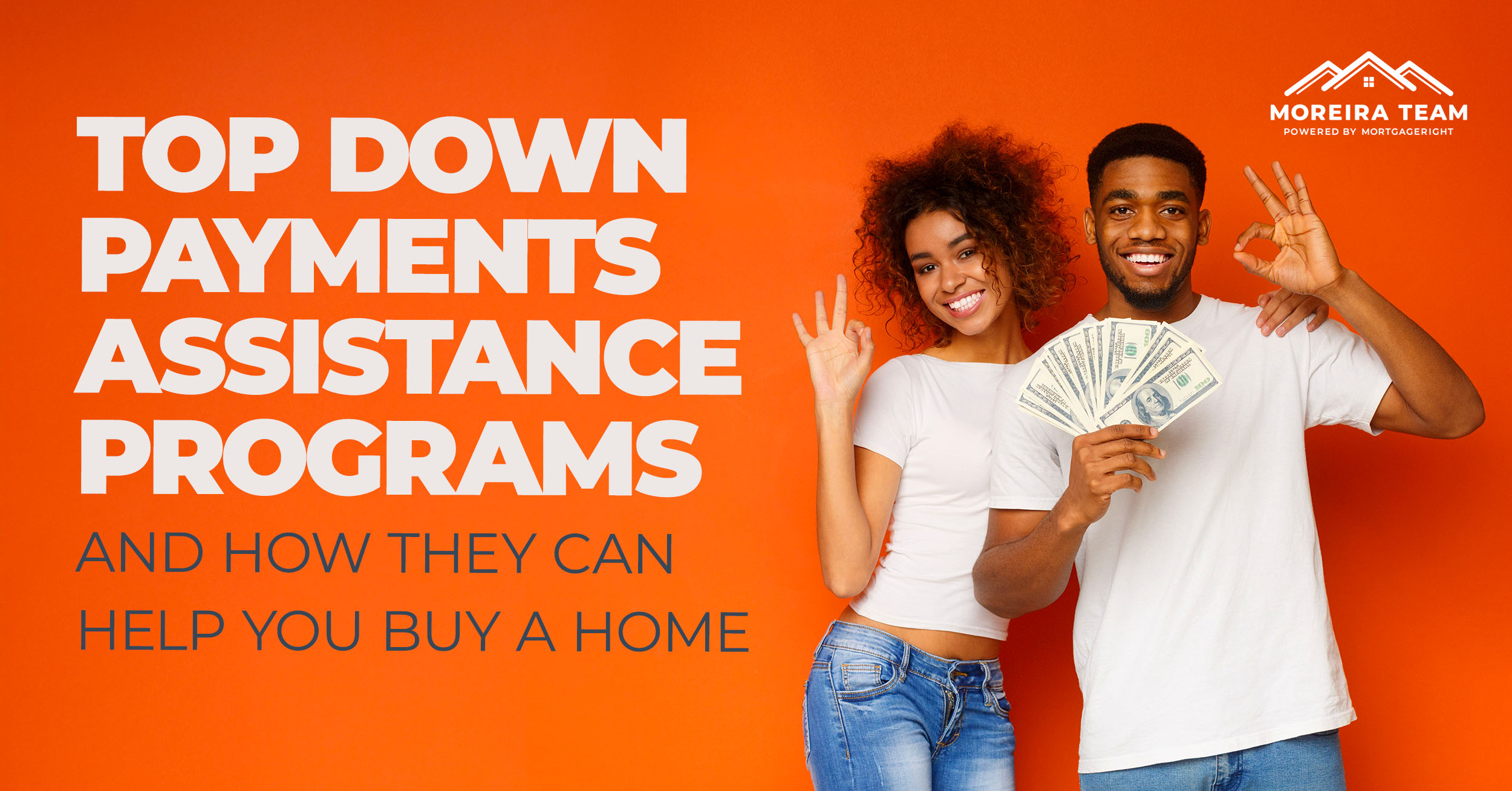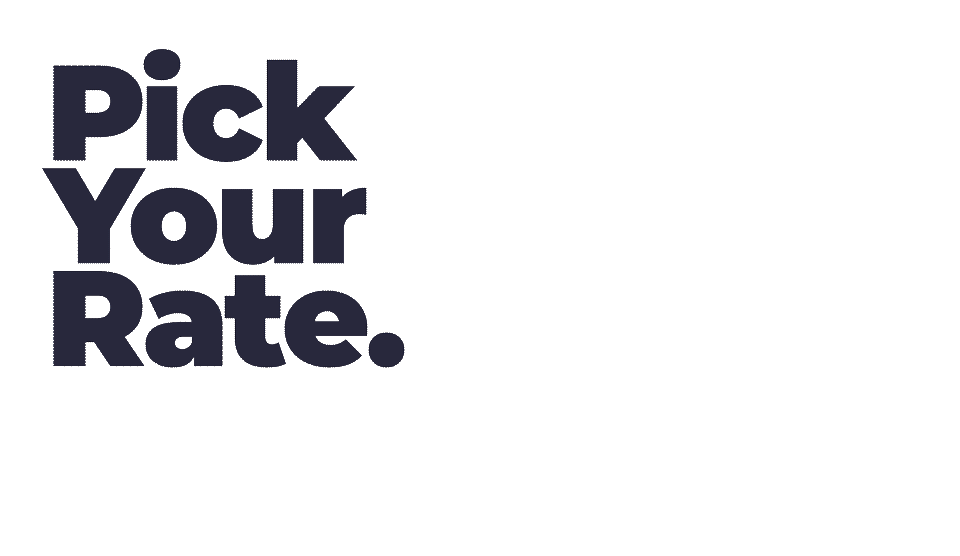
In this article
- Key Takeaways
- Understanding Down Payment Assistance Programs
- Types of Down Payment Assistance Options
- Grants
- Forgivable Loans
- Deferred-Payment Loans
- Eligibility Requirements for Down Payment Assistance
- Advantages of Using Down Payment Assistance Programs
- How to Apply for Down Payment Assistance
- Work with a Experienced Mortgage Broker
- Additional Resources for Homebuyers
- Summary
- Frequently Asked Questions
- Who can qualify for the Down Payment Assistance Program?
- What types of financial assistance do Down Payment Assistance Programs provide?
- How much assistance can one receive through the DPA Homebuyer Grant Program?
- What are the key eligibility requirements for the Down Payment Assistance Program?
- What is one advantage of DPA grants compared to other programs?
Down payment assistance programs help cover your down payment and closing costs, making it easier to buy a home. Most down payment assistance comes in the form of first-time home buyer grants and loans offered at the state and local levels. This article explains what these Down Payments Assistance Programs are, how they work, and the different options available.

Key Takeaways
- Down payment assistance programs help first-time and repeat buyers manage upfront costs, making homeownership more accessible.
- There are various types of assistance options available like grants, forgivable loans, and deferred-payment loans, each catering to different needs.
- Eligibility typically includes income limits and credit score requirements, and homebuyer education courses are often necessary to qualify for funding.
Understanding Down Payment Assistance Programs
Down payment assistance programs are designed to mitigate the financial challenges new home buyers face, particularly first-time purchasers and repeat buyers. The primary mission of these programs is to expand homeownership opportunities and support community growth nationwide. These programs cover upfront costs such as down payments and closing costs, making home-buying more accessible.
Since their inception in 2002, DPA programs have been instrumental in helping millions of families achieve homeownership. They are accessible to both first-time buyers and those looking to purchase a home again, ensuring that a broader range of individuals can benefit from the financial support offered. One of the most significant advantages of these programs is the alleviation of financial strain associated with upfront expenses, allowing buyers to focus on finding their perfect home.
Understanding how these programs work and their benefits can help prospective home buyers take confident steps toward ownership. These programs provide essential funds and help build stronger communities through increased homeownership and economic growth.
Types of Down Payment Assistance Options
When it comes to down payment assistance, there are several options available to suit different needs. These programs can offer eligible buyers financial support through cash grants, low-interest loans, or tax benefits to facilitate home purchases. Each type has unique advantages and conditions, so it’s important to determine which aligns best with your financial situation and goals.
There are three main types of down payment assistance: grants, forgivable loans, and deferred-payment loans. Each option offers distinct benefits and specific requirements.
Grants
Grants for down payment assistance are typically funded by state or local governments and do not require repayment. This form of assistance acts as a gift, effectively providing free funds to help cover the down payment and closing costs associated with buying a home. The most valuable form of down payment assistance is the grant because grants provide money that homeowners never have to repay. Programs like the DPA Homebuyer Grant Program can provide up to 5% of the total mortgage loan amount, significantly easing the financial burden on homebuyers through a payment assistance program and closing cost assistance.
Some grant programs may have specific conditions, such as requiring a second mortgage loan or a second lien on the property or residency requirements to retain the assistance. Your lender might offer you the opportunity to take out a second mortgage loan with a low interest rate at the same time your first mortgage is finalized. However, the immediate benefit of not having to repay the grant makes it an attractive option for many buyers.
Exploring grant programs can provide homebuyers with substantial financial action support to buy their equal homeownership dream and help with a HUD home purchased with money.
Forgivable Loans
Forgivable loans are another popular form of down payment assistance. These loans usually have terms that allow for complete forgiveness if the borrower remains in the home for a designated period, typically ranging from five to twenty years, depending on the program. Forgivable mortgage loans are second mortgages you won’t have to pay back as long as you stay in a home for a set number of years. The forgivable loans offered by the DPA program, for example, are interest-free and can be fully forgiven after three years if the borrower remains in the home.
The primary benefit of forgivable loans is that they provide substantial financial support without the need for monthly payments, alleviating financial stress for the borrower. However, if the buyer moves or sells the home before meeting the required residency period, they may need to repay some or all of the loan. This condition ensures that the assistance is used to promote long-term homeownership and stability.
While the terms of forgivable loans can vary, their potential to significantly reduce the financial burden of buying a home makes them a valuable option for many prospective home buyers. Staying informed about the requirements and benefits of these loans helps buyers make decisions that align with their long-term goals.
Deferred-Payment Loans
Deferred-payment loans help cover down payments and are structured to be repaid only when the property is sold or refinanced. Deferred-payment loans are typically for a loan amount large enough to cover your down payment and you don’t have to repay it until you move, sell, refinance or pay down your first mortgage. Unlike grants and forgivable loans, deferred-payment loans are never forgiven and must be repaid upon moving, selling, refinancing, or pay down the first mortgage.
While deferred-payment loans provide immediate financial assistance, their repayment conditions may make them less favorable compared to other options. However, they can still be an effective way to secure the necessary funds for a down payment without requiring immediate repayment, allowing buyers to focus on settling into their new homes.
Eligibility Requirements for Down Payment Assistance
Eligibility for down payment assistance programs can vary, but most require participants to be first-time home buyers or repeat buyers. Many programs also have income limits, typically requiring that the household income does not exceed 80% of the area median income. These criteria ensure that the assistance is directed toward those who need it most.
In addition to income limits, applicants must have a minimum credit score of 640 to qualify for down payment assistance. Maintaining a maximum debt-to-income ratio of 45% is also a common requirement. These financial criteria help ensure that borrowers are capable of managing their mortgage payments and other financial obligations, including the minimum down payment.
Participants in down payment assistance programs often need to complete homebuyer education courses to qualify for funding. These courses equip potential homeowners with the knowledge needed for successful homeownership, covering topics such as budgeting, mortgage types, and the home buying process. Meeting these requirements allows buyers to access the financial support necessary to achieve homeownership.
Advantages of Using Down Payment Assistance Programs
Down payment assistance programs offer numerous advantages that can make the home buying process much more manageable. One significant benefit is the substantial financial aid provided, often reducing the upfront cash required. This immediate relief allows buyers to move forward with confidence and get into their homes sooner. Additionally, a down payment assistance program can further enhance these benefits.
These programs can also help buyers avoid private mortgage insurance (PMI) by enabling a larger down payment, reducing overall monthly payments and making homeownership more affordable in the long run. Additionally, down payment assistance programs often feature flexible eligibility criteria, allowing a broader range of buyers to qualify, including both first-time and repeat buyers.
Beyond financial relief, these programs have been linked to improved life outcomes for homeowners, including increased civic engagement and economic benefits for local communities. These nonprofit organizations’ programs ease upfront costs, helping buyers achieve homeownership and contributing to community growth and stability while saving resources.
How to Apply for Down Payment Assistance
Applying for down payment assistance involves several steps, starting with checking your eligibility by applying for pre-approval. Prospective home buyers should gather necessary documentation, including income verification and credit history, before approaching lenders or agencies for assistance. This preparation ensures a smoother application process and increases the chances of approval.
Next, applicants should complete a secure online form detailing their financial situation. After submitting the required documentation, an underwriting team will review and verify the information to determine loan eligibility. This thorough review process ensures that applicants meet all the necessary criteria for receiving assistance. If applicants have questions, they can contact the support team for further guidance regarding the number of required documents related to security.
Once the underwriting process is complete, applicants will receive a formal Approval Guarantee confirming approved financing, with specific property conditions. Holding an Approval Guarantee allows buyers to make offers confidently, knowing that their financing is secured beforehand. Following these steps enables prospective home buyers to navigate the application process smoothly and secure necessary financial support.
Work with a Experienced Mortgage Broker
Working with an experienced mortgage broker can significantly simplify the process of securing down payment assistance. Some mortgage brokers offer specific down payment assistance programs that combine grants and low down payment mortgages to support modest-income homebuyers. Their expertise and knowledge of various programs can help homebuyers overcome financial barriers and find the best assistance options available.
Mortgage brokers provide valuable guidance throughout the home buying process, from assessing eligibility to securing the necessary funds. Partnering with a knowledgeable lender helps prospective buyers confidently navigate the complexities of down payment assistance programs.
Additional Resources for Homebuyers
Homebuyer education is an essential resource for prospective home buyers, equipping them with the knowledge needed for successful homeownership. The Moreira Team offers comprehensive homebuyer education courses that fulfill the educational requirements for down payment assistance programs. These courses cover a wide range of topics, including budgeting, mortgage types, and the overall home buying process.
In addition to education courses, there are various other resources available to support home buyers. These include participating lenders who offer tailored financial products and additional resources that can help buyers navigate the complexities of purchasing a home. Matched savings programs, also known as individual development accounts, help prospective home buyers get assistance for their down payment. Utilizing these resources helps homebuyers feel more prepared and confident in their journey toward homeownership.
Summary
In summary, down payment assistance programs provide vital financial support to prospective home buyers, making the dream of homeownership more attainable. By understanding the different types of assistance available, such as grants, forgivable loans, and deferred-payment loans, buyers can choose the option that best suits their needs. Additionally, meeting eligibility requirements and completing homebuyer education courses are crucial steps in securing these benefits.
These programs not only alleviate the financial strain of upfront costs but also contribute to stronger communities and improved life outcomes for homeowners. Whether you’re a first-time buyer or looking to purchase another home, exploring down payment assistance programs can significantly ease your home buying journey. Take the first step today and discover how these programs can help you achieve your dream of owning a home.
Frequently Asked Questions
Who can qualify for the Down Payment Assistance Program?
You’re in luck because both first-time and repeat buyers can qualify for the Down Payment Assistance Program! Just check the specific eligibility requirements for your area to get started.
What types of financial assistance do Down Payment Assistance Programs provide?
Down Payment Assistance Programs typically offer financial help through grants or forgivable loans. These options can make homeownership more accessible for you!
How much assistance can one receive through the DPA Homebuyer Grant Program?
You can get up to 5% of your mortgage amount through the DPA Homebuyer Grant Program, which could mean around $17,500 if your mortgage is $350,000. It’s a handy way to boost your buying power!
What are the key eligibility requirements for the Down Payment Assistance Program?
To qualify for the Down Payment Assistance Program, you need a minimum credit score of 640 and a maximum debt-to-income ratio of 45%. It’s good news for both first-time and repeat buyers!
What is one advantage of DPA grants compared to other programs?
One big advantage of DPA grants is that you don’t have to pay them back, making them a great option for financial help!




